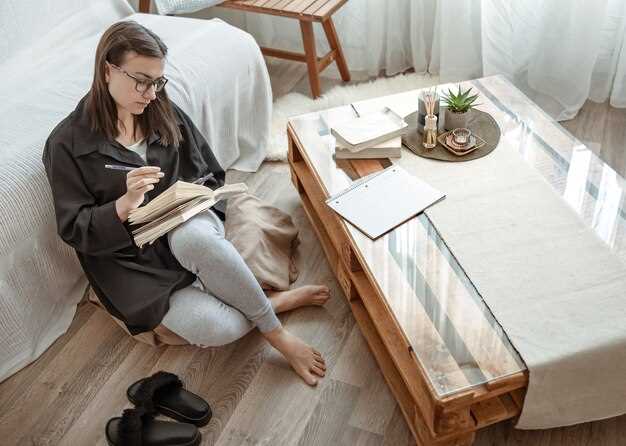Begin your minimalist journey by prioritizing multifunctional furniture. Choose a sleek sofa bed or an ottoman with storage. This approach not only saves space but also maintains a clean aesthetic. Aim for cleaner lines and avoid bulky, ornate pieces that distract from a harmonious environment.
Next, focus on a monochromatic color palette. Whites, grays, and beiges create a serene atmosphere. Add texture through fabrics like linen or cotton in pillows and throws. This adds warmth without overwhelming the senses.
Incorporate natural elements. Plants enhance air quality and bring life to your space. Select low-maintenance options like succulents or snake plants. Place them in minimalistic pots to maintain cohesion with your design.
Establish clearly defined zones for different activities. Use rugs to delineate spaces for relaxation, work, or dining within an open floor plan. This organization promotes a sense of order and tranquility throughout your home.
Finally, adopt a strict decluttering routine. Regularly assess your belongings and keep only what brings you joy or serves a practical purpose. This habit cultivates a clutter-free space that promotes calmness and focus, ultimately transforming your home into a sanctuary of peace.
Identifying Key Elements of Minimalist Kitchen Design
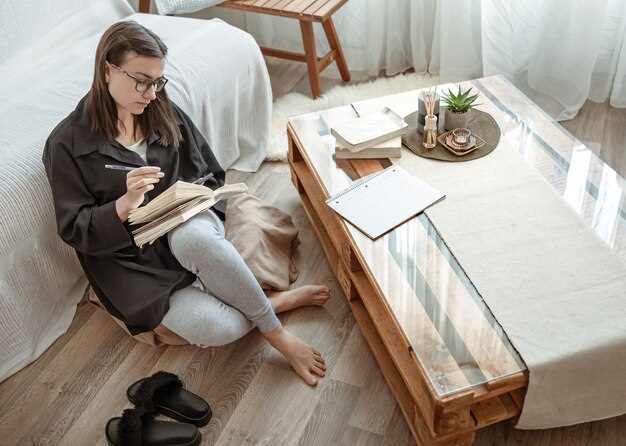
Focus on functionality and simplicity. Select quality materials that are durable and easy to maintain, such as stainless steel or bamboo, which align with minimalist principles. Choose a neutral color palette, allowing natural light to enhance the space and promote a sense of calm.
Streamlined Storage Solutions
Incorporate cabinetry with clean lines and integrated handles. Opt for open shelving to display carefully curated items and keep surfaces clear. Utilize hidden compartments for appliances and utensils, minimizing visual clutter. Consider magnetic strips for knives and wall-mounted racks for pots to free up counter space.
Thoughtful Layout and Design
Create an efficient work triangle between the sink, stove, and refrigerator. Ensure easy access to frequently used items. Select a central island or a small dining table that can double as prep space, maintaining an open feel. Keep decor minimal–include a few plants or simple artwork to add warmth without overwhelming the senses.
Implement soft closure mechanisms on drawers and cabinets, enhancing the tranquility and quiet atmosphere. Limit countertop appliances to the essentials, such as a coffee maker or toaster, stored neatly when not in use.
By prioritizing function, quality, and thoughtful design, your minimalist kitchen transforms into a serene and inviting place to cook and gather.
Functional Layouts for a Minimalist Living Room
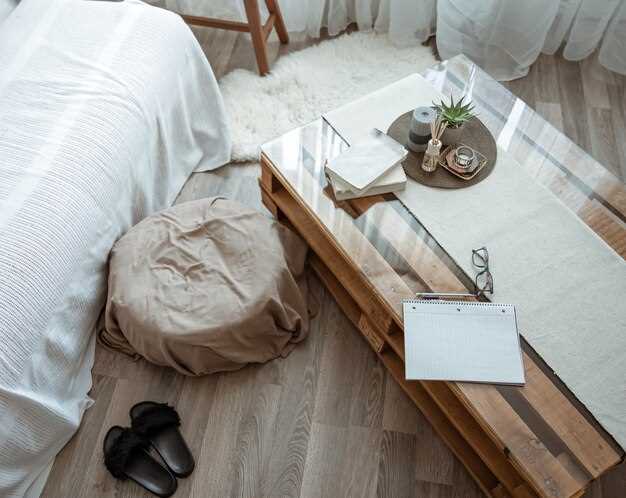
Choose a central seating arrangement that promotes conversation and connection. Position a low-profile sofa or sectional against the wall, allowing for an unobstructed flow of movement. Add two accent chairs opposite to create a cozy gathering space without overcrowding the room.
Strategic Use of Furniture
Select multi-functional furniture to maximize utility. Opt for a coffee table with storage beneath for books and games, maintaining a clean surface. Consider a slim console table behind the sofa for additional display or storage space. Place a few strategically chosen decorative items on surfaces to keep the aesthetic appealing yet uncluttered.
Zone Division
Create zones within the living room using rugs. A soft area rug under the seating area anchors the space, while a smaller rug can define a reading nook with a chair and a light source. Use floor lamps or side tables to delineate these areas without walls, maintaining an airy feel throughout the room.
Maximizing Space with Minimalist Apartment Features
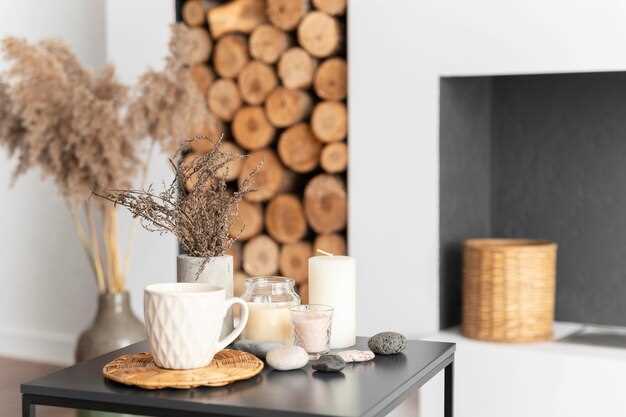
Utilize multi-functional furniture to optimize your living area. Choose a sofa bed for guests, an expandable dining table for entertaining, or ottomans with storage. This approach reduces the need for excess pieces, helping maintain an open feel.
Incorporate vertical storage solutions to draw the eye upward and free up floor space. Shelves that extend to the ceiling provide ample room for books and decor without sacrificing square footage. Consider wall-mounted units or floating shelves to minimize bulkiness.
Color and Light
Select a light color palette to enhance the sense of space. Soft whites, pastels, and light grays reflect natural light, creating an airy atmosphere. Use mirrors strategically; they can visually double the space and improve illumination by reflecting light sources.
Decluttering Strategies
Adopt a decluttering mindset. Routinely evaluate your belongings and keep only items that serve a purpose or bring joy. Employ stylish baskets or bins on shelves to contain smaller items, making them less visually distracting. Limiting decor to a few carefully chosen pieces maintains a serene environment.
Selecting Furniture that Embodies Minimalism
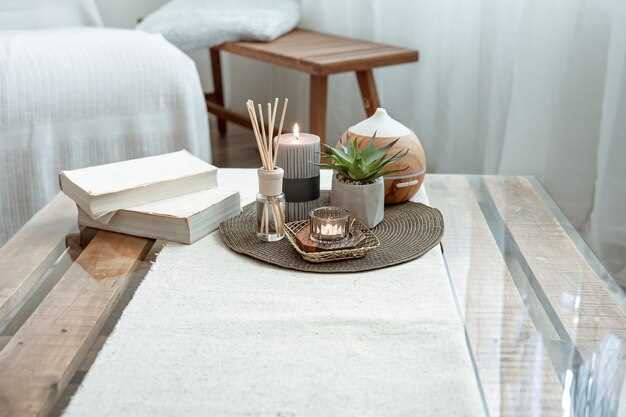
Choose pieces with clean lines and simple forms. Look for furniture that serves multiple purposes, such as a coffee table with storage or a bed frame with built-in drawers. This functionality aids in reducing clutter and enhances the overall aesthetic.
Materials Matter
Opt for natural materials like wood, metal, and leather. These convey warmth while maintaining a minimalist vibe. Light-colored woods can create an airy feel, while darker hues add sophistication. Avoid overly ornate decorations; simplicity is key.
Scale and Proportion
Select furniture that fits the scale of your space. Oversized items can overwhelm and disrupt the serene atmosphere. Aim for proportionate pieces that allow for fluid movement throughout the room. An open layout fosters a sense of space, encouraging a peaceful environment.
Choosing a Minimalist Color Palette for Your Home
Opt for a neutral color palette with shades of white, grey, and beige to create a calming atmosphere. These colors promote a sense of openness and tranquility, making spaces feel larger and more inviting.
Incorporate accent colors sparingly to add personality. Choose one or two soft hues, such as pastel blue or muted green. These colors can enhance your minimalist design without overwhelming the space. Use them in decor items like cushions or artwork.
Consider the natural light in each room. Bright, well-lit areas can accommodate deeper shades, while darker spaces benefit from lighter tones. Test paint samples in different lighting to see how the colors transform throughout the day.
The following table illustrates popular minimalist colors and their effects on room ambiance:
| Color | Effect |
|---|---|
| Soft White | Brightens and opens the space |
| Warm Beige | Adds warmth and comfort |
| Cool Grey | Creates a sleek, modern look |
| Pastel Blue | Evokes calmness and serenity |
| Muted Green | Connects with nature, enhancing relaxation |
Maintain consistency throughout your home by selecting colors that complement each other. This cohesion enhances the minimalist aesthetic, providing a seamless flow from room to room.
Finally, keep finishes in mind. Opt for matte finishes which diffuse light softly, avoiding any glare that glossy surfaces may create. This choice aligns with the minimalist goal of simplicity and tranquility.
Incorporating Natural Light in Minimalist Spaces
Maximize window size and placement to invite more daylight into your minimalist home. Position larger windows on south-facing walls to capture sunlight throughout the day. If structural changes aren’t feasible, consider adding skylights or light tubes; these enhance illumination without compromising wall space.
Opt for Open Layouts
Design an open floor plan that allows light to flow freely between rooms. Remove unnecessary walls or partitions to create visual continuity. Use furniture to demarcate areas while ensuring no barriers obstruct natural light coming from windows. This open concept creates a more airy atmosphere.
Choose Light Colors and Reflective Surfaces
Incorporate light color palettes to enhance the dispersion of natural light throughout your space. Whites, off-whites, and soft pastels reflect sunlight and make spaces feel larger. Choose glossy finishes for surfaces such as tables or cabinets to further bounce light around the room. Mirrors also work well; place them strategically to amplify daylight and create a sense of depth.
Storage Solutions to Maintain a Clutter-Free Environment
Choose multi-functional furniture to maximize space while minimizing clutter. Opt for ottomans with hidden storage or coffee tables that can open up to reveal compartments. This helps keep everyday items organized without taking up additional space.
Utilize Vertical Space
- Install open shelves reaching up to the ceiling. Use these for books and decor, creating a stylish display while keeping surfaces clear.
- Add hooks or pegboards in entryways or kitchens for hanging items like bags, keys, and utensils, keeping them off counters.
- Consider tall cabinets for storing items you don’t use daily, maintaining an open floor plan in living areas.
Creative Containers
- Use decorative baskets or bins for a tidy appearance. Label each for easy identification, ensuring everything has a designated spot.
- Incorporate drawer organizers in kitchens and bathrooms. These help categorize tools and toiletries, making them easy to find.
- Employ stackable containers in closets or on shelves to use vertical space efficiently while keeping things organized.
Regularly assess your storage needs. Donate or discard items that no longer fit your lifestyle or are duplicates. This practice prevents accumulation and supports a serene environment. Shipping baskets specifically designed for seasonal clothing can help keep wardrobes manageable and rotating items in and out minimizes clutter.
Remember, a little planning goes a long way. Choose storage that complements your decor style while serving its purpose, achieving both functionality and aesthetics in your minimalist home design.
Textiles and Materials for a Minimalist Aesthetic
Choose natural fibers like cotton, linen, and wool for a soothing atmosphere. These materials breathe easily, adding comfort and warmth without overwhelming the senses. Opt for a neutral palette–whites, grays, and earth tones create a serene backdrop that enhances tranquility.
Incorporate multifunctional textiles, such as lightweight throws and decorative cushions, to add texture without clutter. Stick to simple patterns or solid colors. Soft textures invite relaxation while remaining unobtrusive.
Furnishings made from wood, metal, and stone blend beautifully with textiles, reinforcing a minimalist approach. Select pieces with clean lines and a polished finish to maintain an uncluttered look. Look for handcrafted items that showcase the material’s natural beauty; such unique elements can serve as focal points without dominating the space.
Use area rugs to define spaces while providing warmth. Choose rugs made from natural fibers, which are durable and contribute to a grounded atmosphere. Keep patterns subtle to maintain cohesion throughout the room.
Window treatments should be simple. Opt for light, sheer curtains that allow natural light while providing privacy. Roller shades in neutral colors can also enhance the minimalist feel by controlling light effectively.
In your bathroom or kitchen, select dish towels and mats that complement your overall palette. Use glass or ceramic storage for items, as they not only keep spaces organized but also add elegance.
The right combination of textiles and materials will elevate your home into a calm, uncluttered sanctuary, reflecting the essence of minimalist living.
Creating a Calming Atmosphere with Minimalist Decor
Choose a neutral color palette to set a serene mood in your space. Soft whites, beiges, and greys create a light and airy feeling. Incorporating natural materials, such as wood and stone, enhances this calming effect.
Furniture Selection
Opt for furniture with clean lines and simple designs. Pieces should serve a purpose without overwhelming the senses. Multi-functional furniture, like a sofa bed or a coffee table with storage, maintains an uncluttered look.
- Limit the number of furniture pieces to create open spaces.
- Place furniture away from walls to allow for better flow.
Decluttering Techniques
Organize belongings using storage solutions that blend into the decor. Baskets, trays, and boxes in neutral tones provide both function and aesthetic appeal. Aim for minimal decorative items; select a few meaningful pieces to display.
- Regularly evaluate items to determine their necessity.
- Implement a “one in, one out” rule to manage new acquisitions.
Incorporate greenery, such as plants, to bring life and tranquility indoors. Select low-maintenance varieties, like succulents or snake plants, to ensure beauty without added stress. Soft lighting adds warmth; use lamps with warm-toned bulbs instead of harsh overhead lights.
Limit visual distractions by keeping surfaces clear and embracing simplicity. Create designated zones for activities, allowing for mental relaxation. Personalize small areas with soothing scents or sounds to engage your senses without overwhelming your space.
Maintenance Tips for a Minimalist Home Design
Regularly assess your belongings. Schedule monthly reviews to eliminate items that no longer serve a purpose or bring joy. This practice prevents clutter from accumulating and keeps your space intentional.
Cleaning Routines
Establish a simple cleaning schedule. Daily tidying for 10-15 minutes can maintain order. Focus on high-traffic areas like kitchens and living rooms. Use natural cleaning products to enhance the calm atmosphere, minimizing harmful chemicals.
Smart Storage Solutions
Invest in multifunctional furniture that offers both utility and storage. For instance, choose an ottoman that doubles as a storage box. Limit decorative items to a few key pieces that resonate with your style, keeping surfaces clear and inviting.
Implement a “one in, one out” policy for incoming items. This ensures that you remain mindful of your purchases and prevents overcrowding. Each addition should have a designated home, reinforcing organization and simplicity.
Utilize clear bins or labeled boxes for organization. Maintain a dedicated space for paperwork, remote controls, or seasonal items to minimize visual clutter. Incorporate baskets in common areas for easy retrieval of miscellaneous items.
Regularly dust and clean surfaces. A clean environment enhances the minimalist aesthetic and promotes tranquility. Use microfiber cloths for effective cleaning without adding extra items to your toolkit.
Video:
Minimalist Home Design: Creating Calm Spaces
Minimalist Home Design: Creating Calm Spaces by Surplus Bargains 136 views 5 months ago 9 minutes, 18 seconds
Q&A:
What are the key principles of minimalist home design?
Minimalist home design revolves around simplicity and functionality. It emphasizes clean lines, a limited color palette, and a focus on essential elements. Open spaces are preferred to create a feeling of tranquility, with minimal decorations that serve a purpose. The goal is to reduce clutter and distractions, making the home feel serene and inviting.
How can I start decluttering my home for a minimalist look?
Begin by assessing each room in your home. Pick one area at a time, such as a closet or a kitchen counter, and remove items that you no longer use or need. Ask yourself if each item brings value to your life. Consider donating or recycling things that you can part with. Once you declutter, adopt a habit of regularly reassessing your belongings to maintain a clean space.
What furniture choices are best for a minimalist design?
Opt for furniture that is functional and has a simple design. Look for pieces that serve multiple purposes, like a coffee table with storage or a sofa bed. Materials like wood, metal, and fabric in neutral tones are often favored. Aim for a balance between comfort and simplicity, avoiding overly ornate or bulky items that can clutter the space visually.
How does color play a role in minimalist home design?
Color in minimalist design typically leans towards neutral tones such as whites, grays, and earth tones that promote calm and relaxation. These shades create a cohesive look and help amplify natural light in the space. You can incorporate occasional pops of color through accessories or artwork to add interest without overwhelming the design.
What techniques can enhance a feeling of calm in a minimalist home?
To create a tranquil atmosphere, consider incorporating natural elements like plants, which bring life and purify the air. Utilize soft lighting through fixtures or candles to create warmth. Incorporate textures through throws, cushions, or rugs to add comfort without cluttering the space. Finally, maintain a consistent organization system to promote ease of movement and accessibility throughout your home.
What are some key principles of minimalist home design?
Minimalist home design revolves around a few fundamental principles that help create a serene environment. First, simplicity is paramount. This means choosing a limited color palette, clean lines, and functional furniture that serves multiple purposes. Second, decluttering is essential; this involves removing items that are not necessary or that do not bring joy. Third, incorporating natural light is crucial, as it enhances the overall atmosphere and makes spaces feel larger. Lastly, embracing quality over quantity ensures that each piece in your home stands out and contributes to the overall calmness of the environment.
How can I start decluttering to achieve a minimalist space in my home?
Starting the decluttering process can be approached in several manageable steps. First, designate a specific area of your home to tackle, such as a single room or even just a drawer. Next, use the “one in, one out” rule, which involves removing one item for every new item you bring in. Set aside time for sorting through your belongings, and create three categories: keep, donate/sell, and discard. It’s also helpful to evaluate items based on their utility and your emotional connection to them. Finally, establish a routine for regular decluttering sessions, ensuring that your minimalist space remains uncluttered over time.
